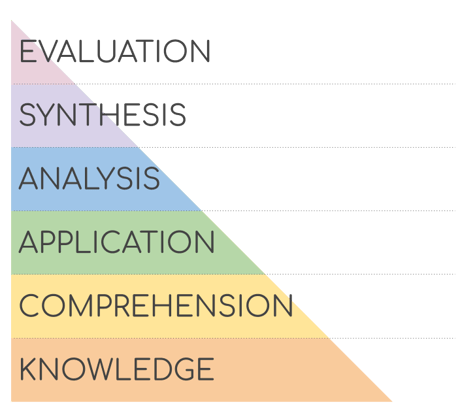The Final Evaluation: Assessing Project Success through Gap Analysis
Part 5: The journey's end - evaluating project success with gap analysis
USER NEEDS ANALYSIS


Introduction
Welcome back to our blog series on engineering excellence! In this fifth part, we delve into the final evaluation phase—a critical step in assessing project success through gap analysis. As engineering projects near completion, it becomes essential to measure the alignment of project outcomes with user needs. Join us as we uncover the significance of gap analysis and how it guides us towards delivering engineering excellence.
Key Concepts and Background:
As projects near their conclusion, engineers must assess whether their solutions effectively meet user needs. Gap analysis is a systematic approach used to compare the desired project outcomes with the actual results achieved. It helps identify discrepancies or "gaps" between user expectations and the final product.
Understanding Gap Analysis:
Gap analysis involves several key steps:
1. Defining User Needs: Revisit the initial user needs and requirements gathered during the project's early stages. Ensure a clear understanding of what users truly expect from the product.
2. Evaluating Project Outcomes: Assess the actual project outcomes, functionalities, and features delivered. Evaluate how well they address the identified user needs.
3. Identifying Gaps: Compare the user needs with the project outcomes to identify any mismatches or unmet requirements. These discrepancies represent gaps that need to be addressed.
4. Addressing Gaps: If gaps are identified, engineers must determine how to address them. This may involve making further refinements to the product or planning for future updates.
Benefits of Gap Analysis:
Customer-Centric Approach: Gap analysis ensures that engineering projects remain focused on meeting user needs and expectations.
Continuous Improvement: By identifying gaps, engineers can target areas for improvement and refine their solutions.
Enhanced User Satisfaction: Aligning project outcomes with user needs leads to higher user satisfaction and product adoption.
Long-Term Success: Addressing gaps helps build a foundation for long-term project success and customer loyalty.
Recommendations for Effective Gap Analysis:
1. Involve Stakeholders: Collaborate with stakeholders, users, and other team members to gain diverse perspectives during the analysis process.
2. Use Objective Metrics: Utilize objective metrics and data to quantify the alignment between project outcomes and user needs.
3. Prioritize Critical Gaps: Focus on addressing gaps that have the most significant impact on user satisfaction and project success.
4. Document Lessons Learned: Document the findings and insights from the gap analysis to inform future projects and decision-making.
Conclusion:
Gap analysis is the compass that guides engineering projects towards success. By evaluating the alignment between project outcomes and user needs, engineers can identify areas for improvement and ensure their solutions truly resonate with their target audience. Embracing a customer-centric approach and continuous improvement mindset enables engineers to deliver products that not only meet expectations but also exceed them.
In the final part of our blog series, "Part 6: From Design to Delivery: Ensuring User Satisfaction throughout the Project Lifecycle," we will explore how to ensure user satisfaction from the project's inception to its delivery. Join us as we wrap up our journey towards engineering excellence!
